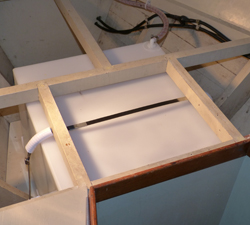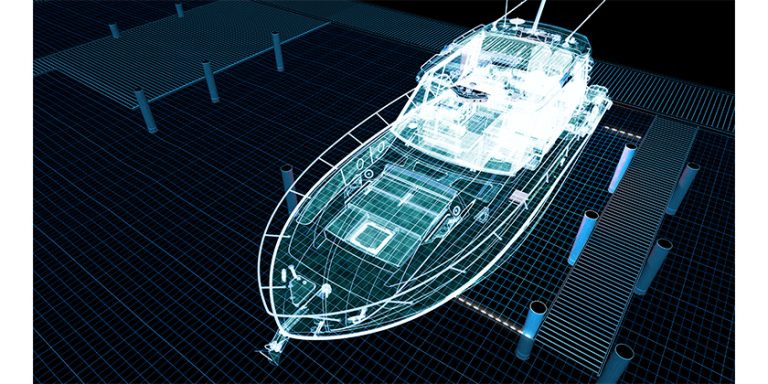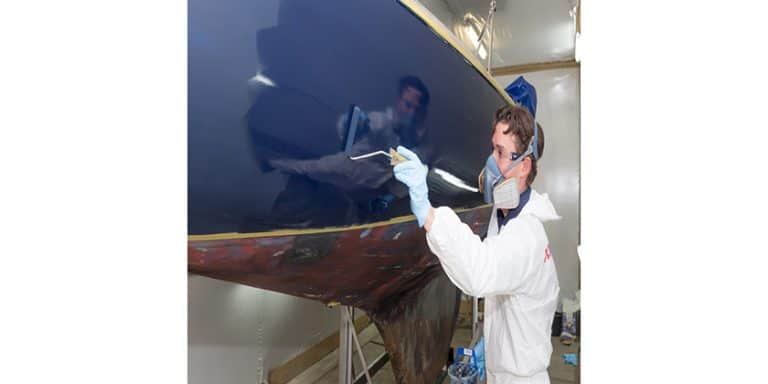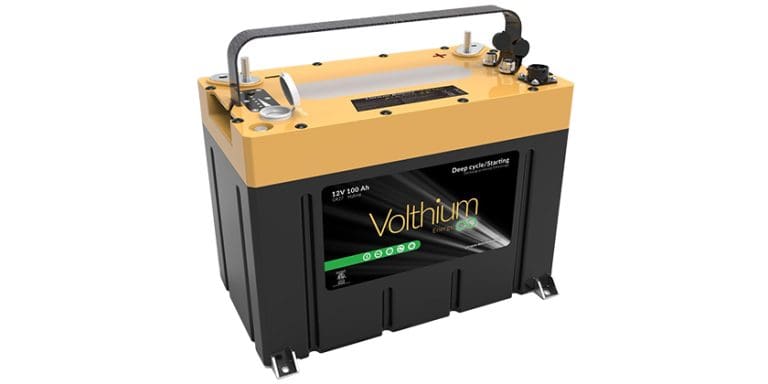Guide to Sewage Discharge Regs

By Robert Buller
New rules severely restrict where and how salt-water boaters can discharge sewage. Is your boat ready to comply?
In May 2012 a significant environmental anniversary slipped by with little fanfare. It was the end of the promised five-year transition period before new sewage discharge regulations for small craft in salt waters, introduced in 2006-07, took full effect.
From 2012 onwards all vessels in Canadian waters, fresh and salt, are covered by the same legislation regarding sewage discharge. Salt-water boaters have a bit more flexibility in pump-out options but the basic rules are now the same for fresh and salt water.
West Coast boaters were vocally opposed to these regulations when they were first proposed in 2006, and the storm of protest lasted several months. The new regulations were at first considered overly restrictive, impractical, expensive, and not based on sound scientific principles or research. A series of public meetings was held and travelling bureaucrats had to develop thick skins to withstand all the criticism.
 But they listened and agreed to review the legislation, and a few modifications were made, primarily allowing overboard discharge in salt water in some limited circumstances. More importantly, Ottawa agreed to delay full implementation of the legislation to allow the industry time to prepare. The intervening five years have allowed more discussion and planning, and emotions have settled down for more rational discourse.
But they listened and agreed to review the legislation, and a few modifications were made, primarily allowing overboard discharge in salt water in some limited circumstances. More importantly, Ottawa agreed to delay full implementation of the legislation to allow the industry time to prepare. The intervening five years have allowed more discussion and planning, and emotions have settled down for more rational discourse.
The basis for the legislation was the belief that it was damaging to allow raw sewage into any waters, fresh or salt. It has been agreed for decades that dumping sewage into fresh water is unacceptable, but salt water was usually considered more forgiving. Regardless of that argument, environment and transportation officials wanted to eliminate the discharge of untreated sewage into waters that are important to both commercial and recreational boaters. The new regulations prohibited raw sewage discharge in almost all instances and locations. Encouraging the use of sewage pump-out stations instead was the goal. There are more of these in place since the regulations were first enacted (see sidebar).
 In summary, the new regs allow no sewage discharge of any kind in any waters within one mile of any shore. Discharge of raw sewage in salt water is permitted if the vessel is greater than three miles from any shore. This allows overboard discharge, for example, into the middle of the Strait of Georgia. But most boaters do much of their boating close to shorelines so are caught by these new regulations.
In summary, the new regs allow no sewage discharge of any kind in any waters within one mile of any shore. Discharge of raw sewage in salt water is permitted if the vessel is greater than three miles from any shore. This allows overboard discharge, for example, into the middle of the Strait of Georgia. But most boaters do much of their boating close to shorelines so are caught by these new regulations.
For vessels in restricted waters where there is not sufficient distance between shores, and where there is no pump-out alternative, an exemption allows overboard discharge, as long as it is on an ebb tide, the vessel is in the deepest possible water and it is making its maximum cruising speed in excess of four knots. Overriding this exemption is the caveat that no solid waste can be found on a shoreline, nor can there be any surface sheen resulting from such a discharge.
How to Comply
What this means to recreational boaters is that holding tanks are essentially now required equipment. There are ways to avoid installing permanent tanks and pumps, including some portable toilet devices and composting toilets. For example, Transport Canada has ruled that porta-potties and composting toilets can qualify as “temporary storage devices” as long as the vessel is less than 15 gross tons and carries fewer than 15 people. And they may not be emptied overboard. But it is no longer permitted to use portable buckets that can be emptied on shore.
 Transport Canada publishes a good supplement that explains various options, and even includes clear diagrams for acceptable plumbing connections; and they wisely refer to generally accepted American Boat and Yacht Council marine plumbing standards. (See below).
Transport Canada publishes a good supplement that explains various options, and even includes clear diagrams for acceptable plumbing connections; and they wisely refer to generally accepted American Boat and Yacht Council marine plumbing standards. (See below).
The simplest option is a single holding tank into which toilets empty directly. In fresh water the only discharge option is a fitting that allows pump-out at a receiving sewage station (Image 1). Note that the regulations actually specify that this design is the only one allowed in fresh water because it allows no accidental discharge overboard.
Boats in salt water are allowed to have a Y-valve or other plumbing that permits overboard discharge (Image 2) where that is permitted in instances outlined above. But careful installation is required because a Y-valve may allow sewage to become trapped in a hose and result in odour problems.
On the West Coast boaters sometimes install a second Y-valve between toilet and holding tank so they have the option of discharging directly overboard if they are a sufficient distance offshore.
Equipment suppliers and boatyards report that increasingly boaters are installing holding tanks and asking for advice on installation and operations. Complaints about the need to do so have fallen dramatically over the years. It is more generally accepted that we need to do this to protect our waters.
For discharge there are two options. One arrangement is to install a Y-valve that allows a choice of discharge to a pump-out station or directly overboard. The other, generally preferred option is to plumb in two separate discharge lines, one to the pump-out fitting and another directly overboard. The best advice from shipyards is to install systems that are impossible to operate incorrectly so most favour two separate plumbing lines, rather than Y-valves that can be incorrectly switched.
The best advice for sizing tanks is to choose the largest that will physically fit into the boat. But also consider not just total volume but how many flushes are available. This accounts for the amount of water used per flush – marine toilets can vary enormously in this regard. The regulations also require that holding tanks be fitted with a measuring device or system that tells the operator when the tank is getting full. This can be a physical indicator such as a floating device, or a gauge or indicator light system.
Most toilet systems allow plumbing so an outside water source can be used to avoid using precious onboard potable water. Some careful pre-installation planning is needed here to ensure the best system design and installation.
Odour Prevention
The chief complaint from boaters about onboard toilet and sewage systems is about odours – sewage smells can ruin any boating trip. However, bad odours rarely come from system leaks. More commonly, they result from seepage through inferior hose material. This can be remedied by the use of quality hose specifically designed for sewage connections (see sidebar). With all sewage plumbing it is best to avoid extended hose runs and any runs that will trap sewage, and to use rigid Schedule 40 PVC pipe for sections that trap sewage. Installers report that they see increased use of such solid plastic piping. Such installations need to be made vibration-resistant for marine applications but the risk of odour seepage can be greatly reduced.
The other main source of unpleasant odours is the decay of microscopic plankton and organisms that live in salt water but die in heads and plumbing. The resulting sulphurous smell can be avoided if the system is rinsed regularly with fresh water.
Can sewage be treated onboard instead? Yes, some manufacturers offer Type II treatment systems that clean waste sufficiently to allow its return to host waters. But these are usually large and expensive units and performance can vary. Consider manufacturers’ claims carefully. The new regulations do not certify any such equipment but they do set minimum standards of cleanliness that such systems must meet. This standard – a maximum fecal coliform count per unit of water of 250 per 100 ml – is a challenging one. Remember, though, that regardless of treatment, no discharge is allowed within one mile from shore anywhere. So a holding tank is required in any case.
The regulations fall into that overall category of marine legislation that can be enforced by various peace officers including RCMP, Transport Canada inspectors and others. Summary fines similar to traffic tickets are possible, as are significant financial penalties depending upon the seriousness of the offence.
Just as we have come to accept that operator licences and appropriate safety equipment are part of responsible boating, we now need to comply with sewage discharge regulations. It’s just common sense.
Thanks to Western Marine Company for technical assistance with this article, and Paynes Marine Group for product photos.
Regs and Resources
• Transport Canada is the responsible ministry and sewage discharge regulations fall under the Canada Shipping Act 2001, Section A1, The Vessel Pollution and Dangerous Chemical Regulations. See http://laws-lois.justice.gc.ca/eng/regulations/SOR-2012-69/page-27.html#h-35. Enforcement follows the Policy on Compliance and Enforcement under the Canada Shipping Act, 2001.
• The American Boat and Yacht Council (ABYC) publishes reference standards for all onboard systems for yachts and boats, including standards for marine plumbing. These publications are only available by purchase but at a discounted rate to members. Many marine mechanics and shipyards have easier access to these publications. When in doubt about the suitability of plumbing designs, ABYC is an excellent reference. www.abyc.com
Locating Pump-out Stations
• BC: for locating pump out stations in BC:https://georgiastrait.org/work/cleanmarinebc/pumpouts/
• Washington State: www.parks.wa.gov/boating/pumpout
• Ontario: www.boatingontario.ca/Find/Marinas/tabid/59/Region/ViewSearch/CustomFieldIDs/24/SearchValues/Pumpout/Default.aspx
• Quebec (by marina): www.nautismequebec.com/EN/lien.php
• Maritimes (New Brunswick, Nova Scotia, Prince Edward Island): www.coastalaction.org/index_home.php?page=cleanboat
Photo Captions:
Photo 1 – When sizing a holding tank, choose the largest that will fit – you can never have too much capacity.
Photo 2 – A Y-valve, also called a diverter, by Jabsco, with an easy-to-use control handle and clear labels as to flow direction. The padlock is installed for illustration – some jurisdictions require a lock to prevent accidental discharge.
Photo 3 – A macerator discharge pump is often installed to break up solids.
Photo 4 – This Jabsco sewage unit incorporates a small holding tank and is designed for retrofit where space is limited. Pump and wiring are pre-installed as are key plumbing fittings.




























